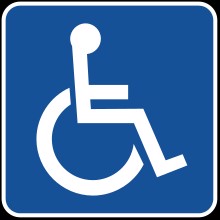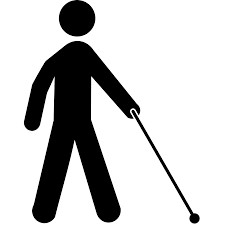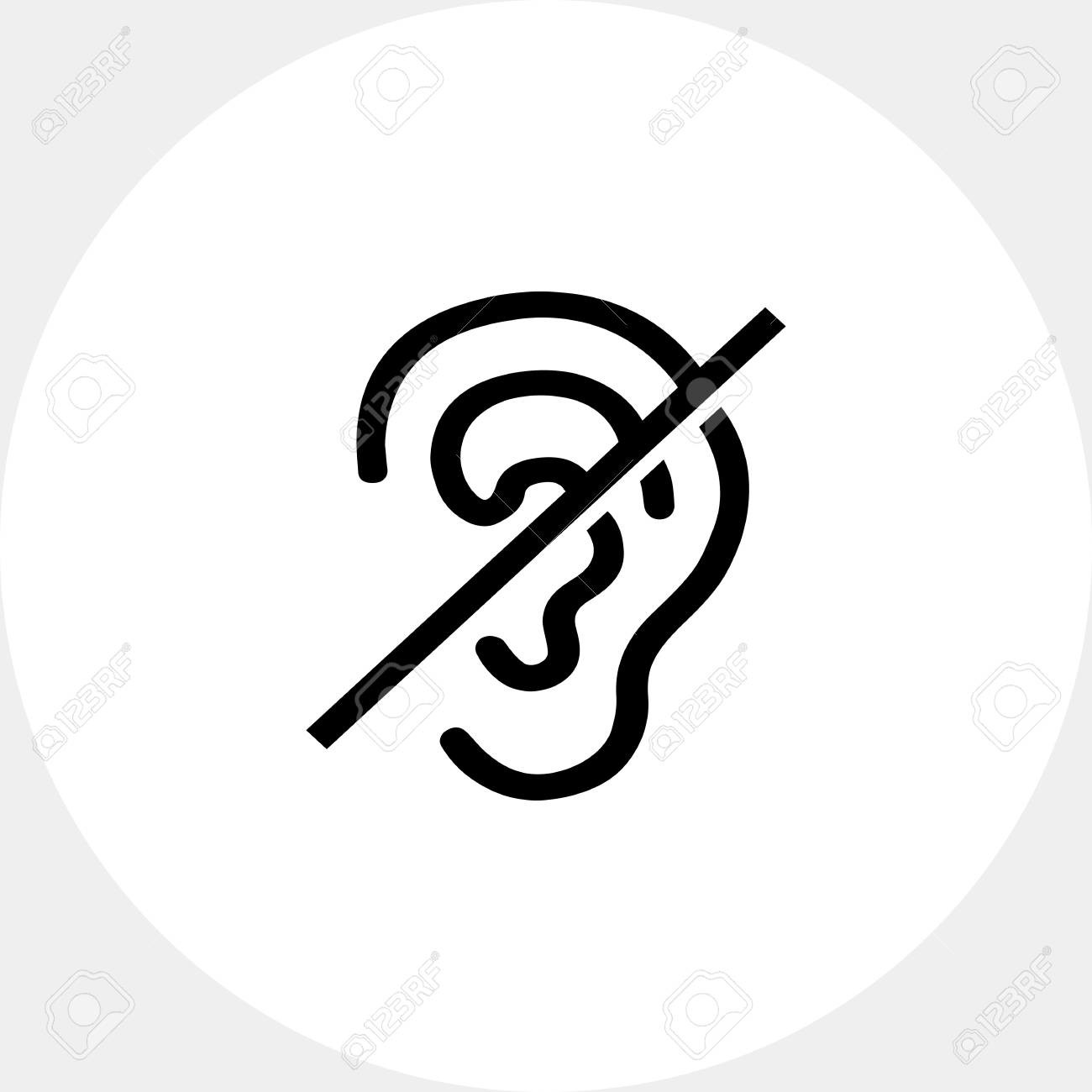Who Needs Accessibility?
There is a certain stereotype that pertains to something being "accessible". When most peole think of accessibility they think wheelchiars, which is important but does not capture the big picture, there are more people who are effected by accessibility then just people in wheelchairs and walkers. Yes, ramps and automatic doors are great, but other disabilities need to be included such as visually impared and hearing impaired persons.
How To Accommodate For The Visually Impaired
Making a public facility accessible for someone with sight loss can be so much easier then it is cut out to be, all you have to do is add braille to your signs! Adding braille allows those who are blind to navigate your facility better. Also, not all people who are visually impaired read braille, so you should also make sure that your signs are fairly large. This can also help elders with less visual acuity. Another idea if you really want to go all out is that if you are a public place that a blind person may encounter, like a grocery store or mall, you could also make sure your employees know how to handle someone with vision loss. If they have to describe where something says "It is to Your left" instead of "It's over there" or even teach sighted guide (but that is not necessary). plus, as a general rule, make sure that there are no trip hazards and chairs are pushed in to make your facility easier to navigate.
Accommodating For Someone With Hearing Loss
Accommodating for someone with hearing loss can be just as easy as accommodating for sight loss. If you are dealing with displays including video, make sure that you have subtitles that can be read. As well, it is not a bad idea to have a member of your staff who knows sign language to make it easier to communicate with your customer.




































Comments